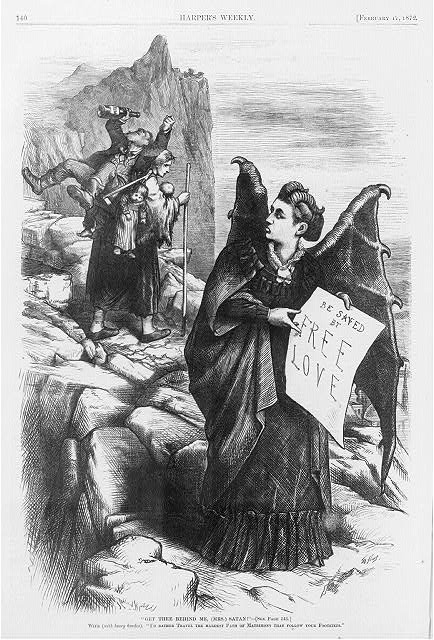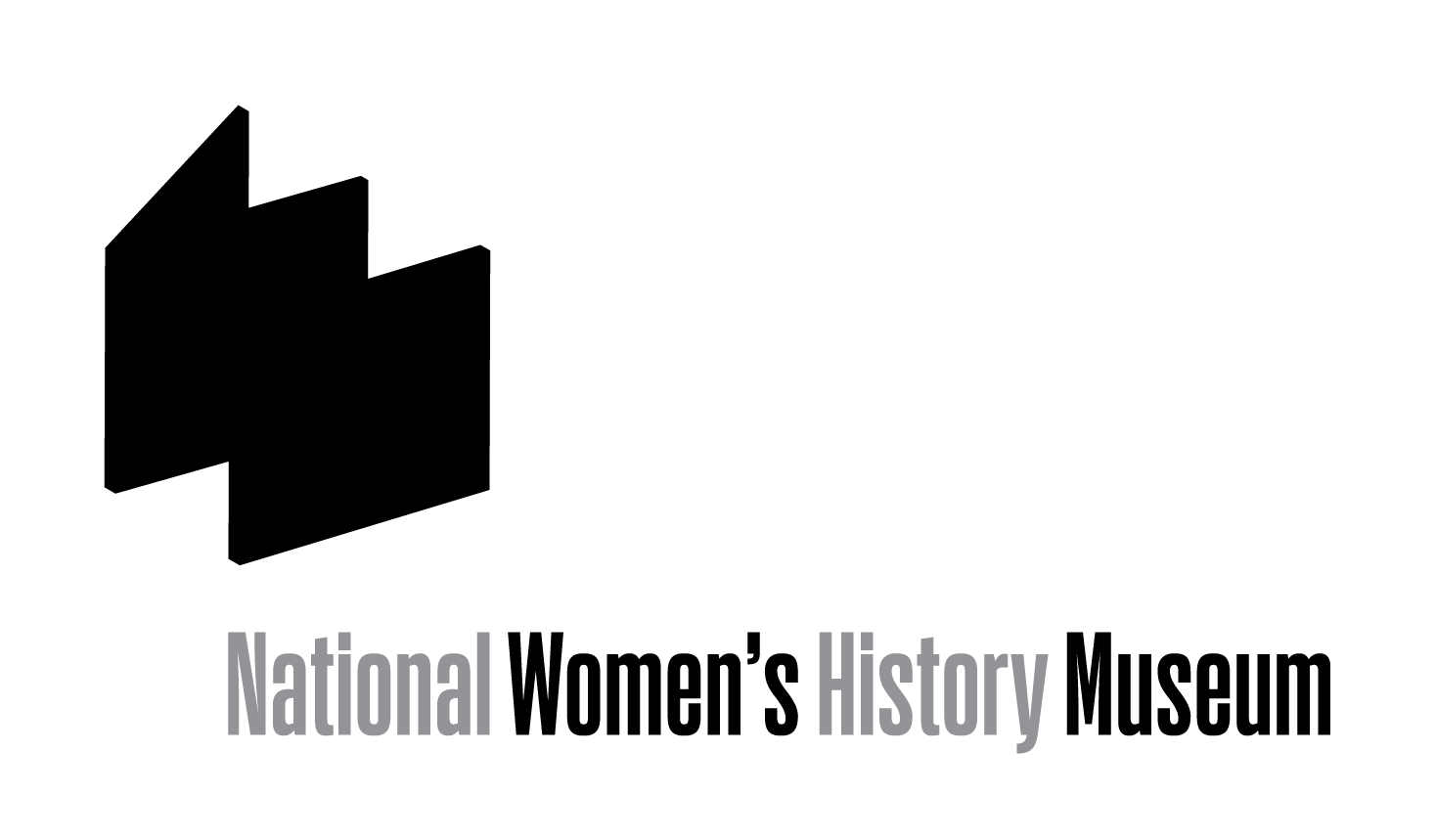
Julia Ward Howe, "Modern Society," 1881
Public domain.
Julia Ward Howe co-founded the American Woman Suffrage Association and helped start its paper, the Woman’s Journal. In the essay “Modern Society,” published in 1881, Howe wrote about the French system of representation and the problems of worshipping wealth. She also explained why women’s education had been so poor and the need to improve it. Howe felt that women’s minds had been imprisoned by society and needed to be freed so they could be properly used.

Lecture flyer for Abigail Scott Duniway, 1880s
Special Collections and University Archives, University of Oregon Libraries

Suffrage Lecture Flyer
Library of Virginia.

Susan B. Anthony Lecture Ticket, 1882
Public domain.
In 1872, Susan B. Anthony was arrested for voting in the presidential election. Soon after her arrest, Anthony traveled the country lecturing to audiences about her experience. Anthony’s speech, entitled “Is it a Crime for a Citizen of the United States to Vote?” focused on her arrest and proving that she had not committed a crime. Her speech specifically noted the passage of the Declaration of Independence and the Constitution which gave women the right to vote.

"Get thee behind me, (Mrs.) Satan!" / Th. Nast.
Cartoon shows woman, carrying 2 children and man holding bottle of rum on her back, and speaking to winged woman who is holding a sign reading, "Be saved by free love" (representing suffragist Victoria Woodhull).
1872
Library of Congress






